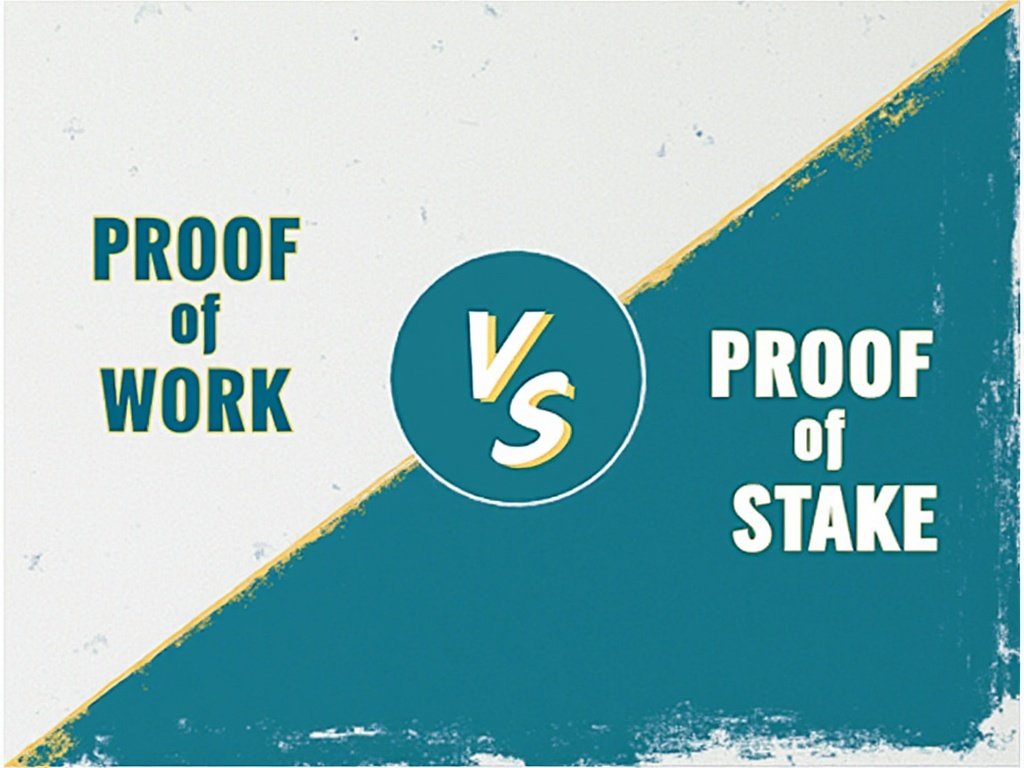Blockchain is a term that’s surged into mainstream conversations over the past decade, often synonymous with Bitcoin or cryptocurrencies. But beyond these financial applications lies a deeper potential for secure, decentralized record-keeping across diverse industries—from healthcare to supply chain management. At its core, blockchain is a distributed ledger technology enabling multiple parties to maintain a …




